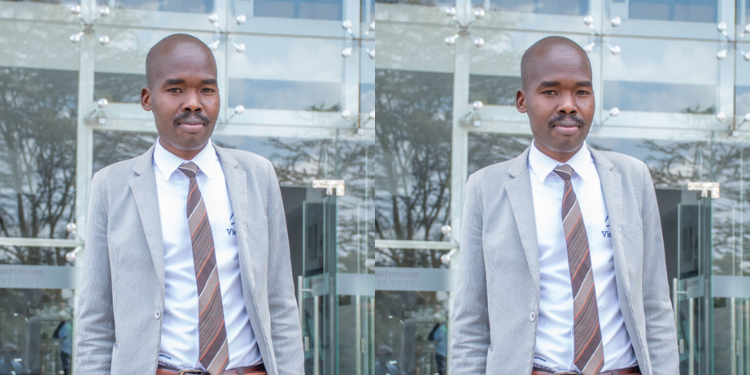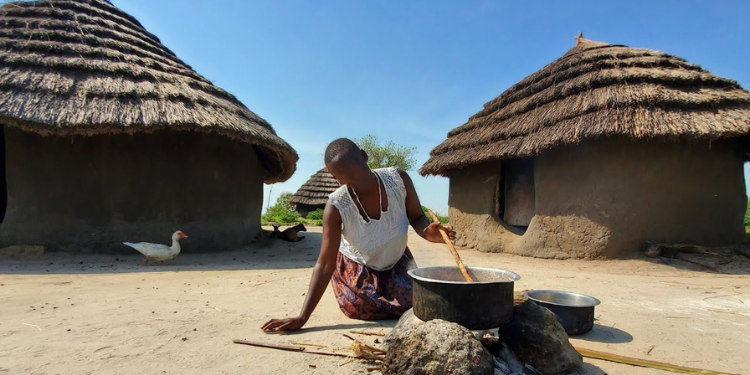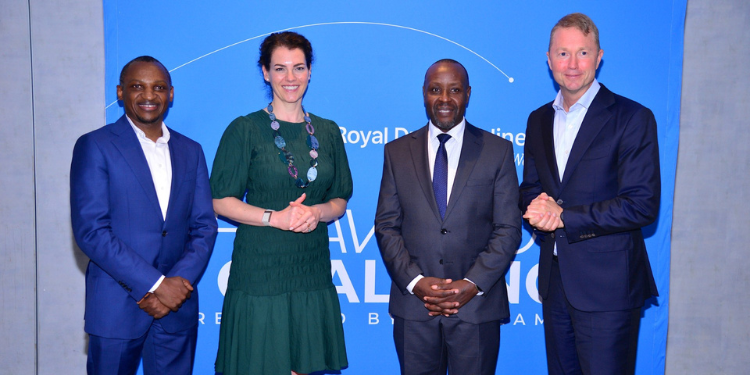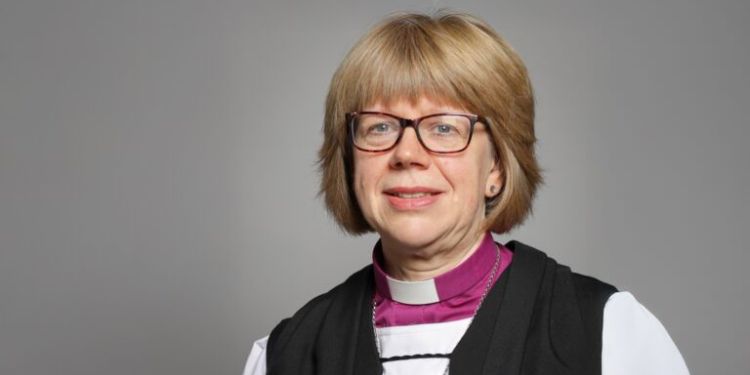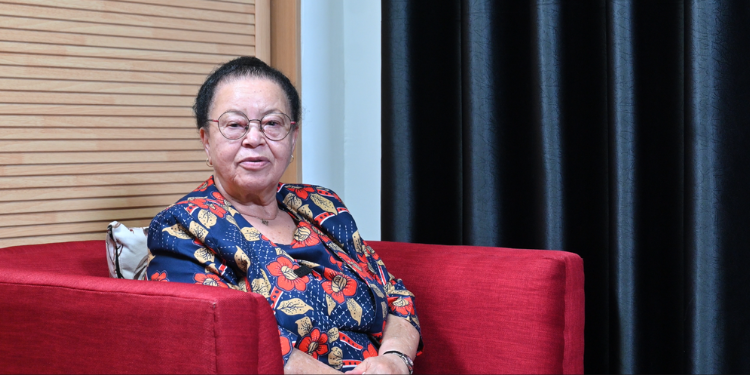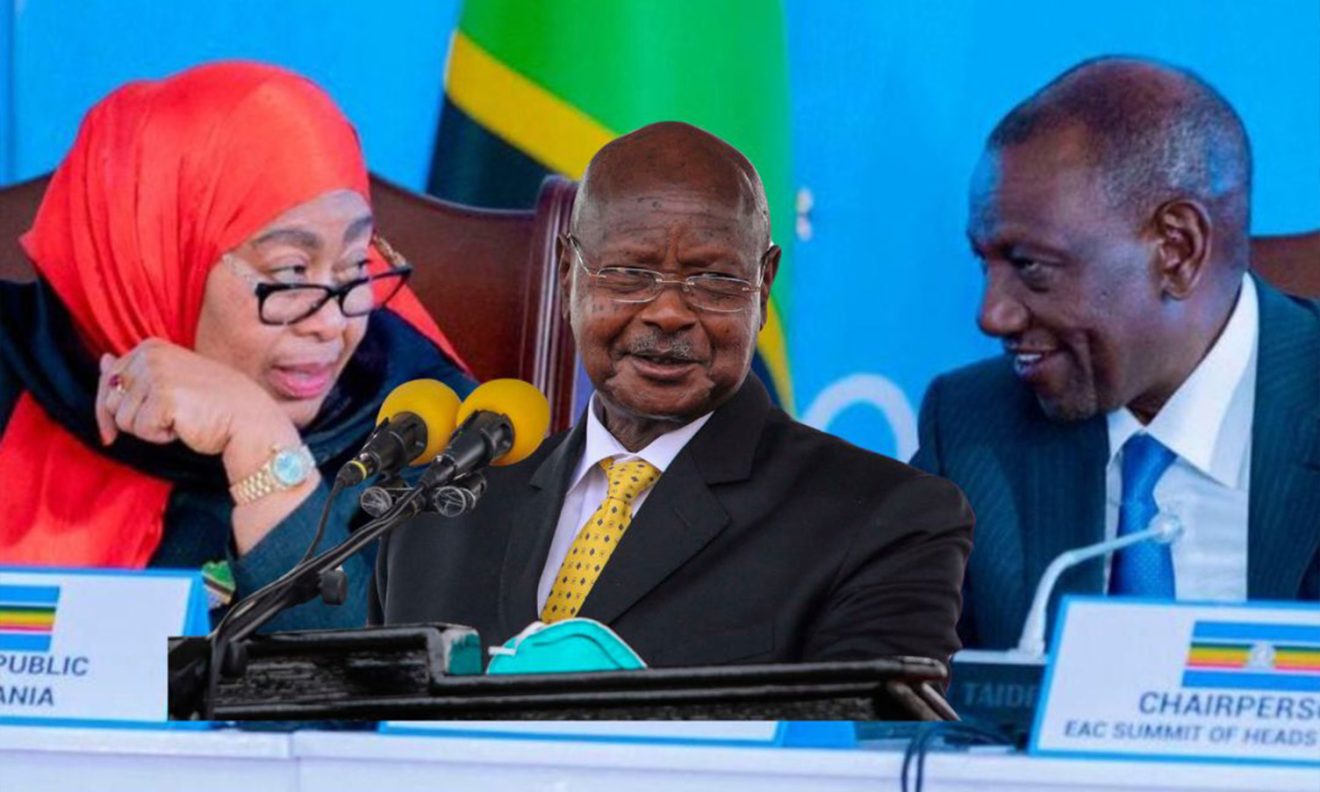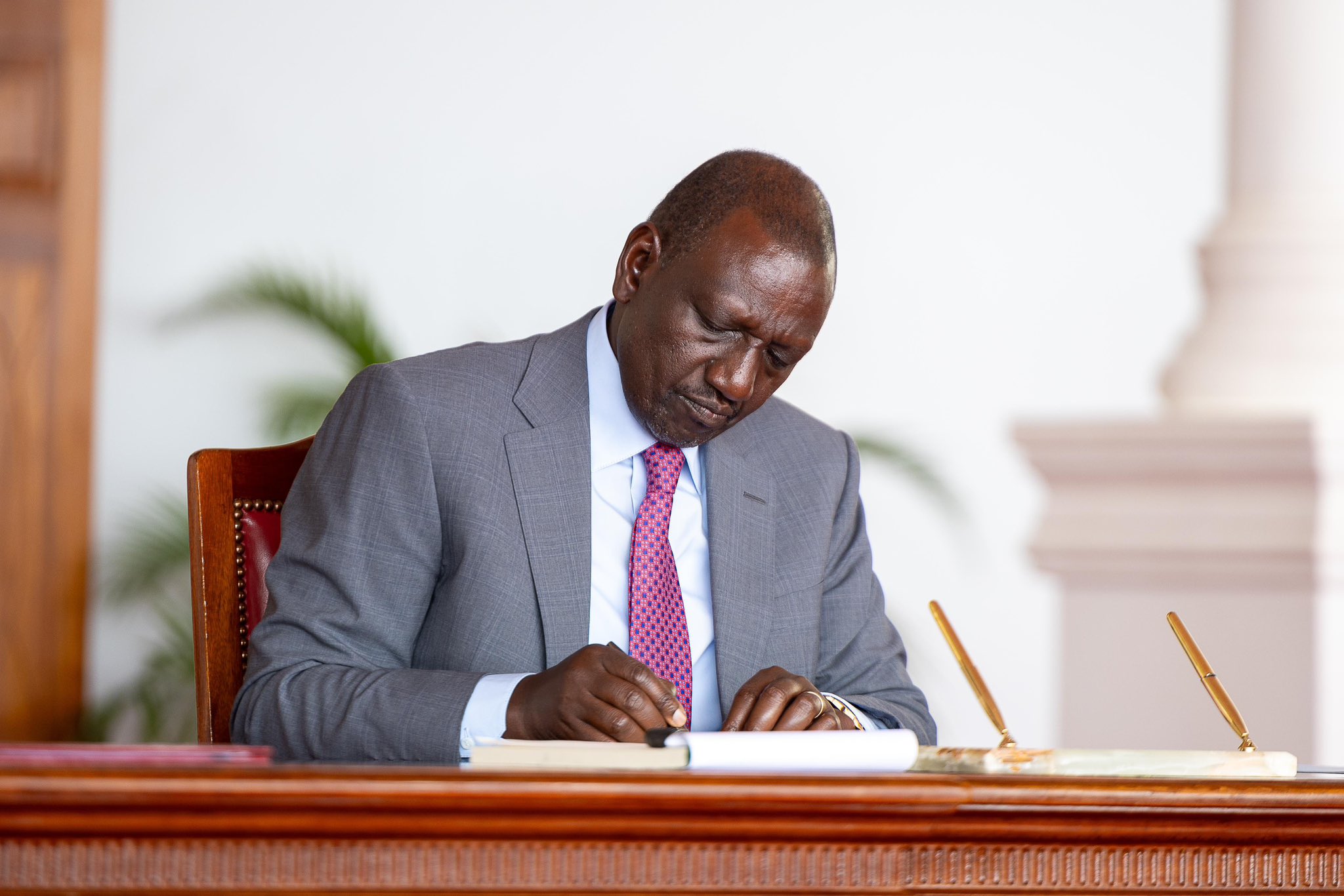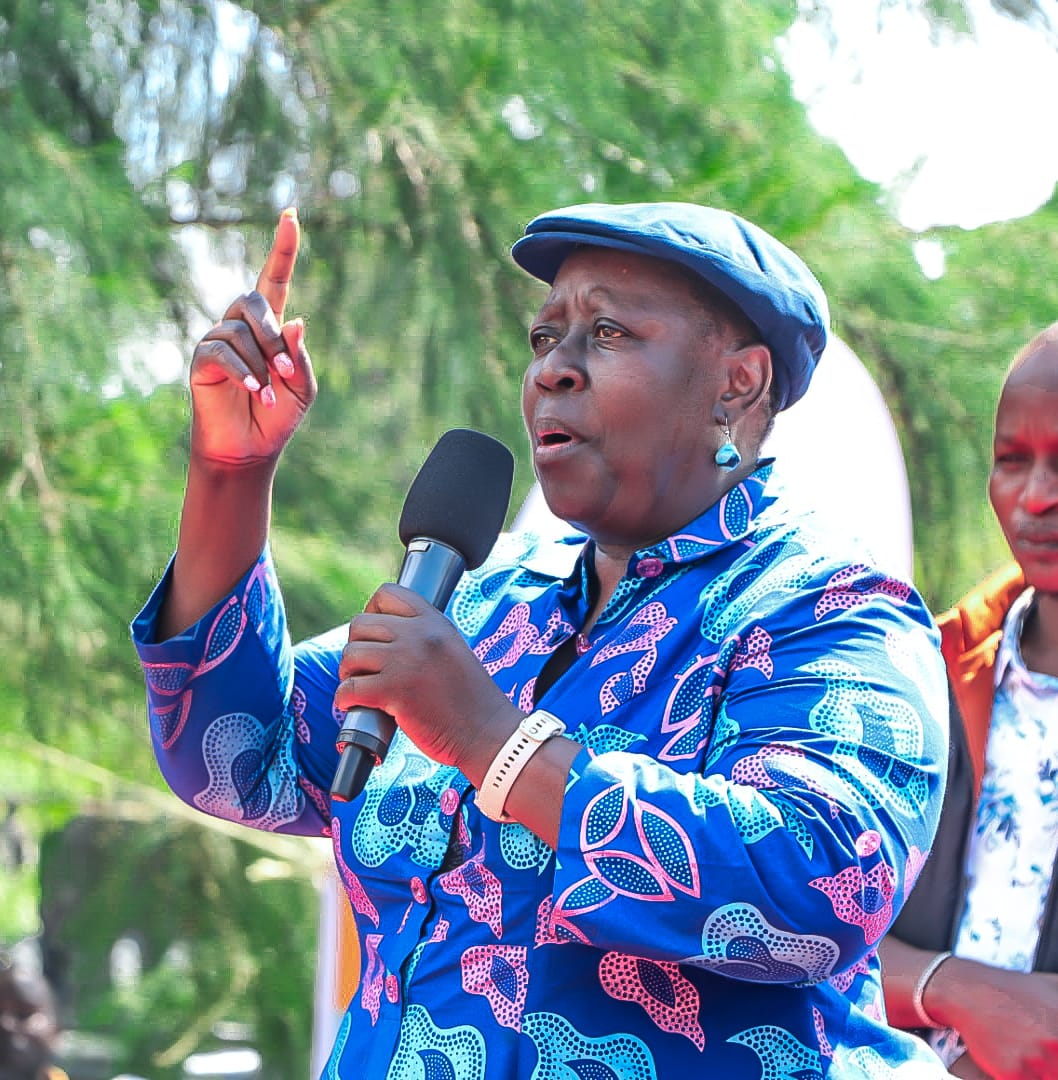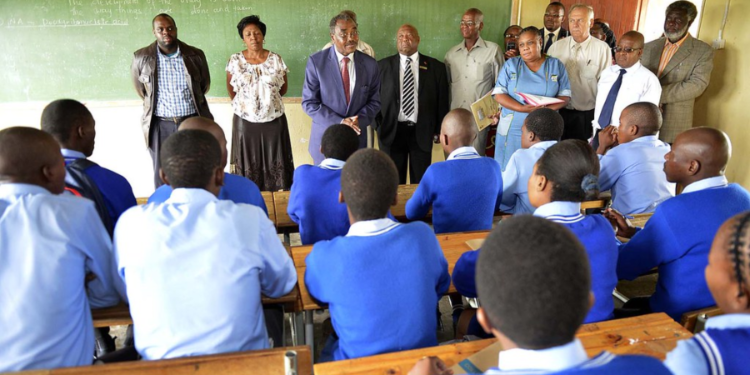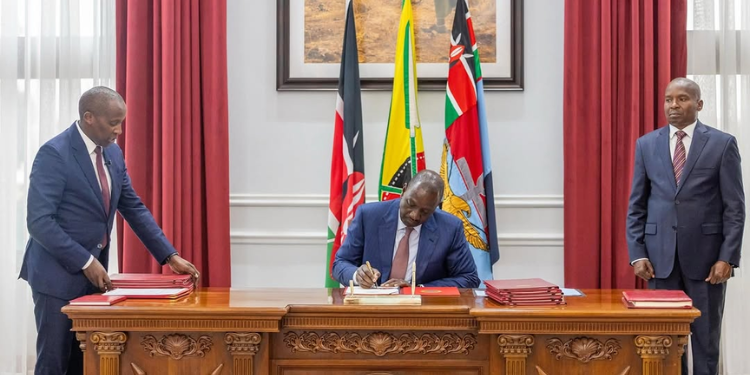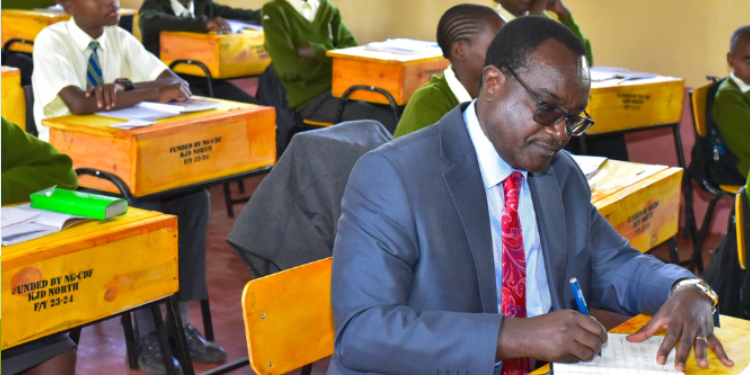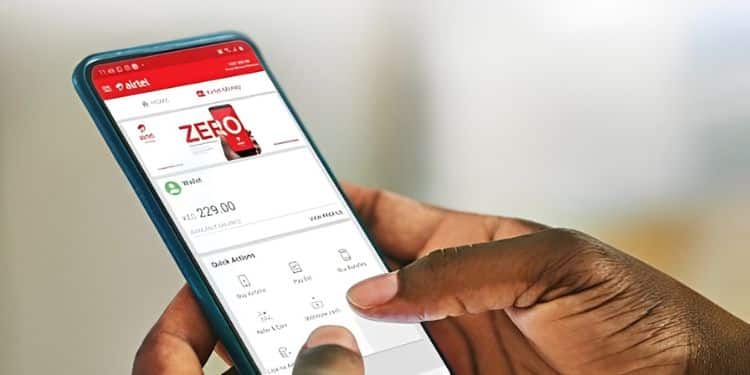Over the last decade, digital financial services—especially mobile money—have transformed access to finance and driven significant progress in financial inclusion.
According to the Global Findex 2025 Database report, Kenya continues to lead in the use of mobile technology to access digital financial services, with many users relying on it primarily for borrowing loans.
In Kenya, the region’s pioneer in mobile money, 32 per cent of adults—or 86 per cent of formal borrowers—borrowed from their mobile money providers.
Mobile Loans Dominate in Kenya
In Ghana, the increase in borrowing via mobile money accounts between 2021 and 2024 was the main driver of the overall rise in formal borrowing during that period.
Meanwhile, in Kenya and Uganda, although the overall share of formal borrowing remained stable from 2021 to 2024, a larger portion of borrowers in 2024 relied on mobile money accounts than in previous years.
In addition to borrowing, Kenya also saw significant progress in digital merchant payments, with adoption increasing from 37 percent to 56 percent of adults.
Factors Limiting Expansion of Mobile Money Accounts
In regions where mobile money is dominant, understanding what prevents people from opening mobile money accounts is crucial.
Supporting infrastructure, including electricity, mobile networks, and a strong regulatory environment, is critical to the success of mobile financial services.
“Even where IDs and mobile phones are available, many still face exclusion due to poor infrastructure, limited consumer protection, and a lack of user-friendly financial products,” reads part of the report.
Despite some progress, ID ownership and mobile phone access remain uneven across regions and demographics, highlighting the need for targeted policy efforts, private-sector innovation, and continued infrastructure development.
“To open a mobile money account, three key requirements must be met: a personal ID, a mobile phone, and a SIM card registered in the individual’s name. These requirements are interdependent, meaning lacking even one—often the ID—blocks access. While about one-quarter of unbanked adults meet all three conditions and are therefore “digitally ready,” further inclusion depends on more than just access to devices,” read part of the report.
Also Read: M-Pesa, Airtel Money, and T-Kash 2025 Withdrawal & Transaction Charges
Mobile Money vs. Bank Accounts in Kenya
In Kenya, 48 per cent of older adults have an account at a bank or similar financial institution, compared to 41 per cent of younger adults—an age gap of 7 percentage points.
“And in economies such as the Republic of Congo, Ghana, and Kenya, the gaps in account ownership at banks or similar financial institutions are the reverse of the age gaps among those who have only mobile money accounts; as a result, overall, the gap in account ownership in these economies is not statistically significant,” read part of the report.
When it comes to mobile money accounts, the trend reverses. Only 42 per cent of older adults have a mobile money account, compared to 49 per cent of younger adults, again reflecting a 7-percentage point gap—this time in favour of the younger population.
Also Read: Why Kenyans Prefer Mobile Money for Everyday Transactions
Education Still Determines Access to Financial Services
At 31 percentage points, Sub-Saharan Africa has the largest gap in account ownership between less- and more-educated adults among all global regions. However, the gap varies significantly across countries in the region.
In Ethiopia and Nigeria—the two Sub-Saharan economies with the widest disparities—adults with more education are nearly twice as likely to own a financial account as those with less education, with gaps of about 38 percentage points each.
In contrast, Kenya stands out with a much smaller gap of 13 percentage points, aligning with the average for low- and middle-income economies globally.
“Among less-educated adults—those who have a primary education or less— account ownership is lower than among adults with at least a secondary education,” read part of the report.
Follow our WhatsApp Channel and X Account for real-time news updates.
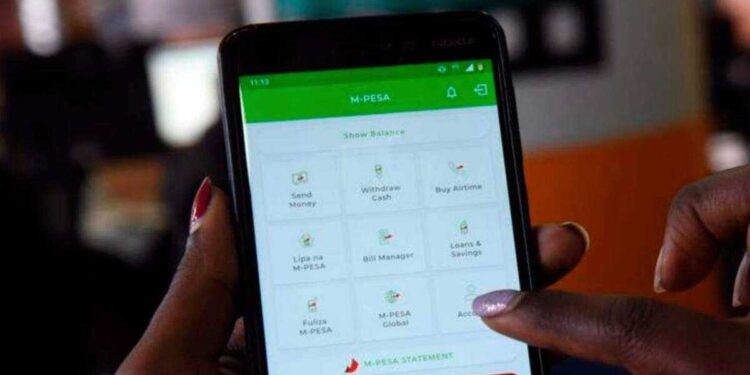



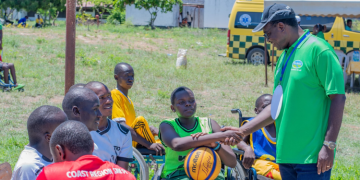




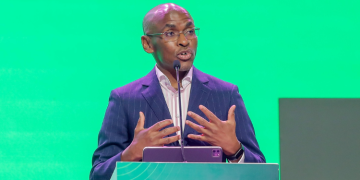

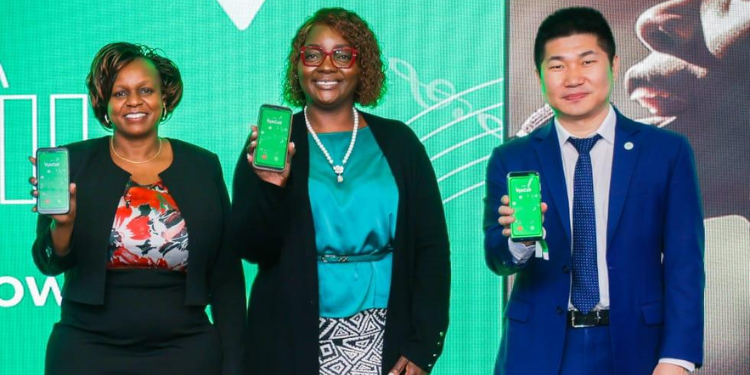
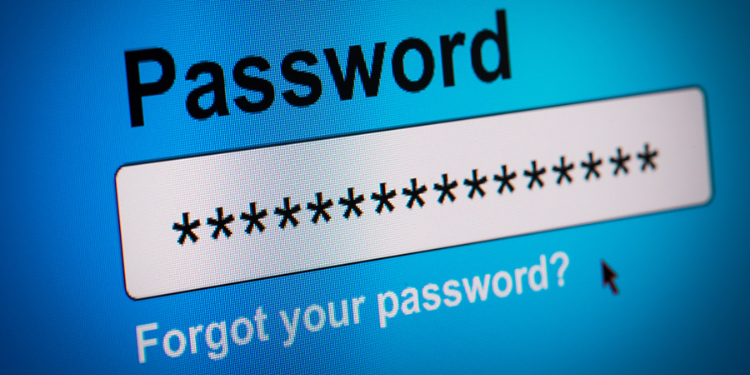
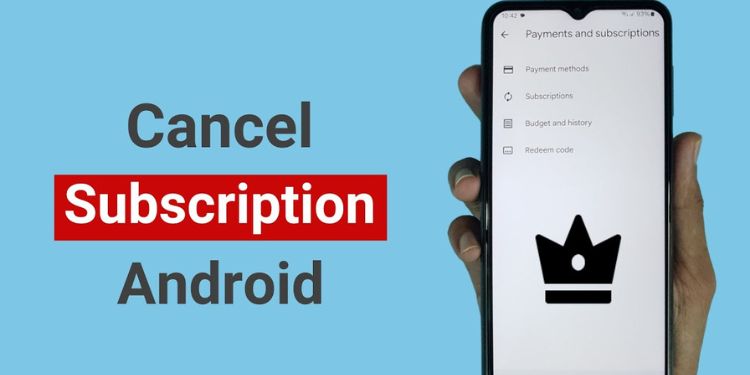

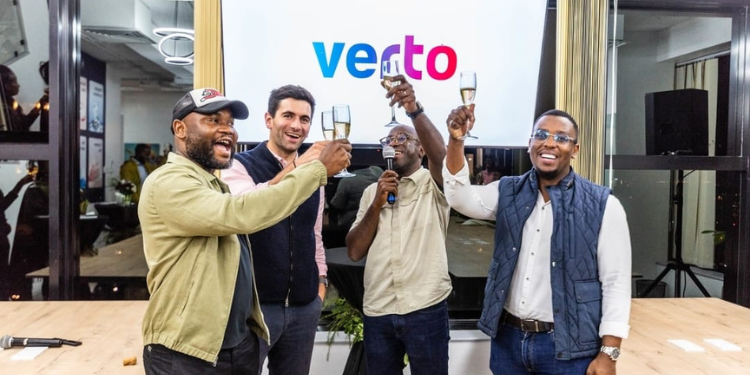
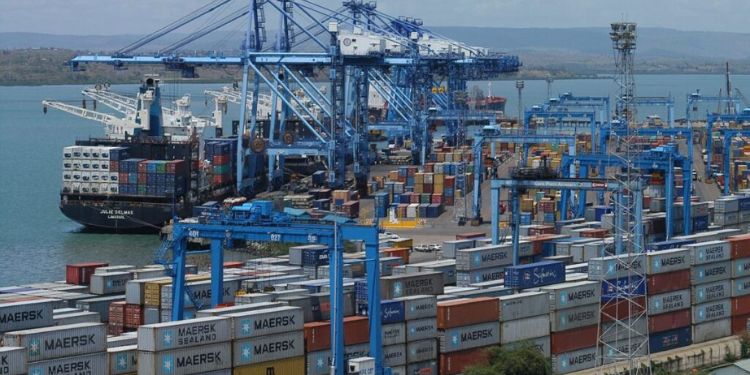
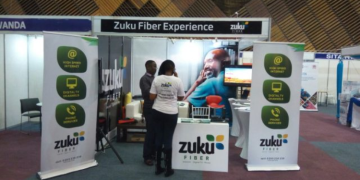
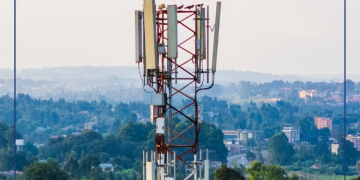
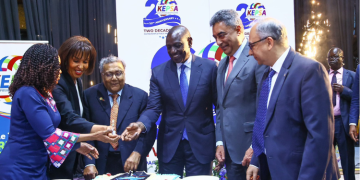


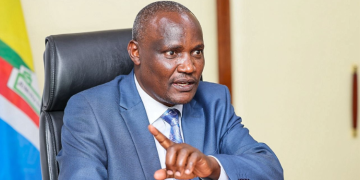
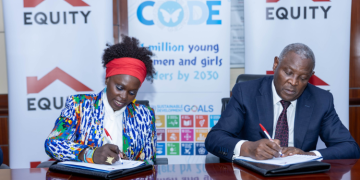
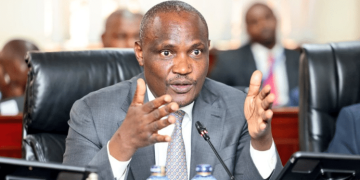

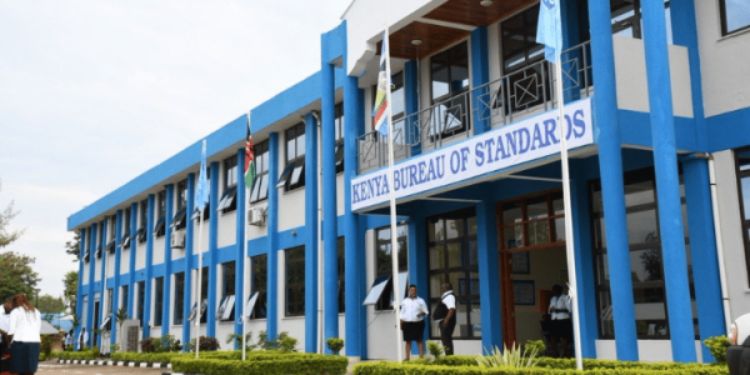
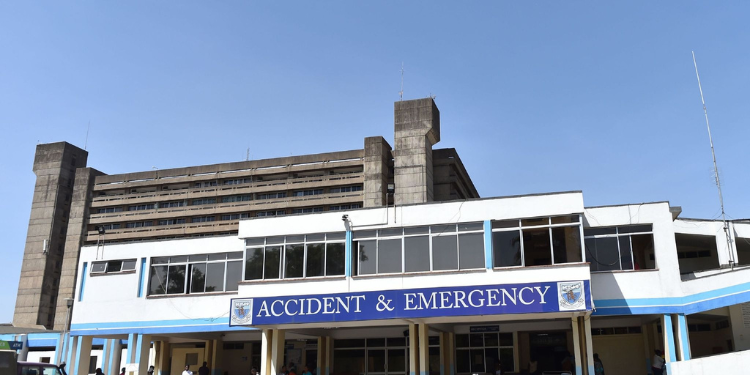
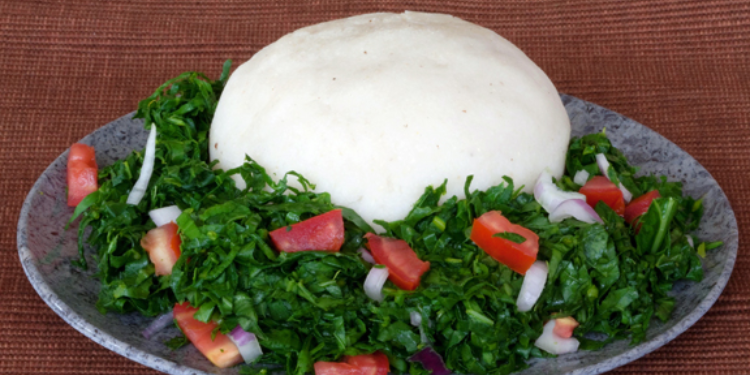
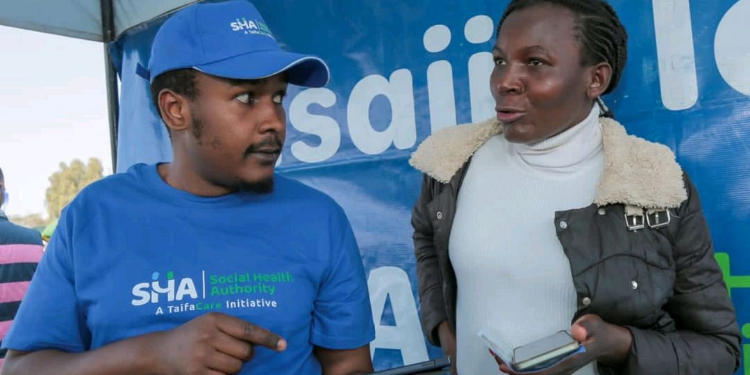
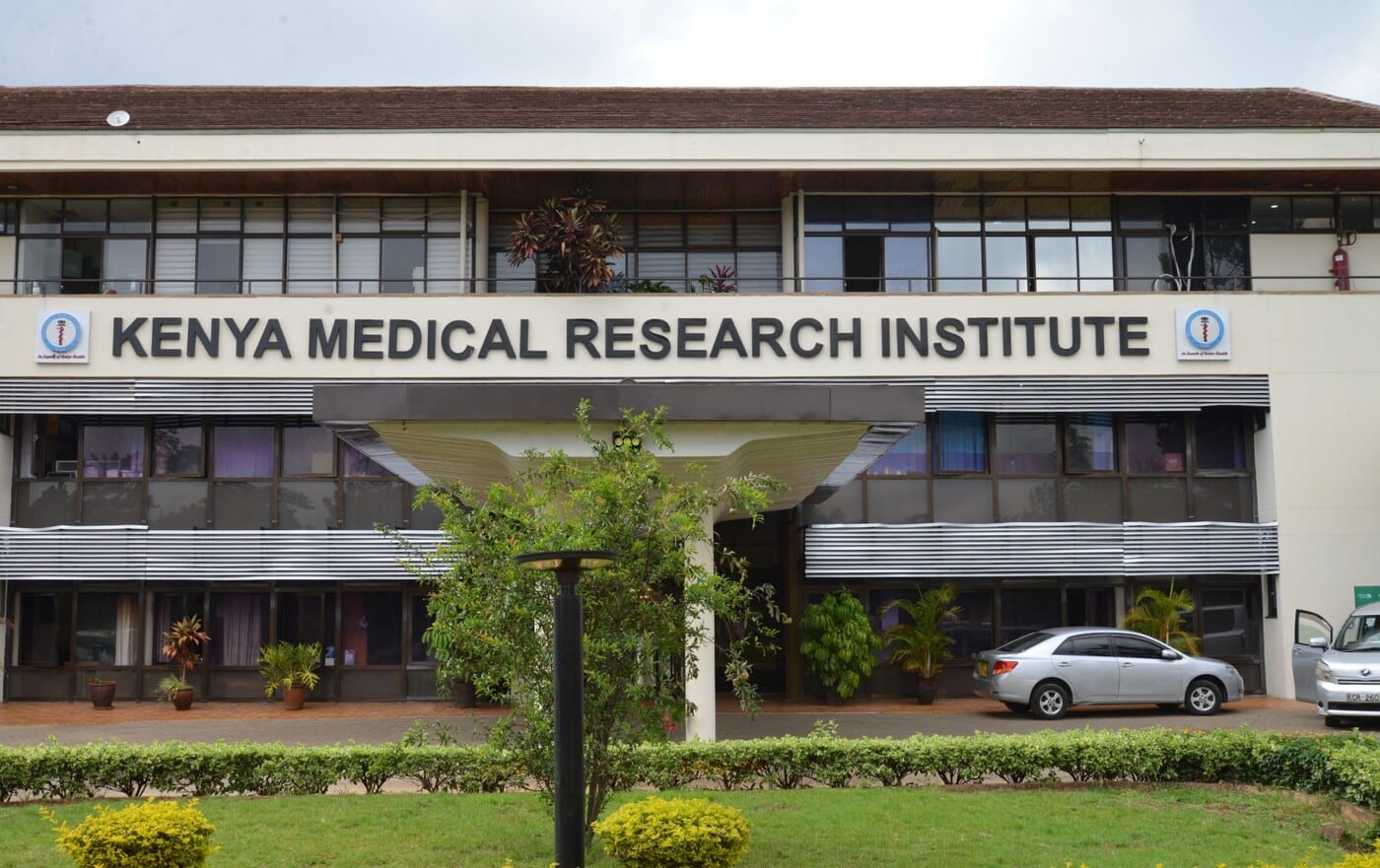
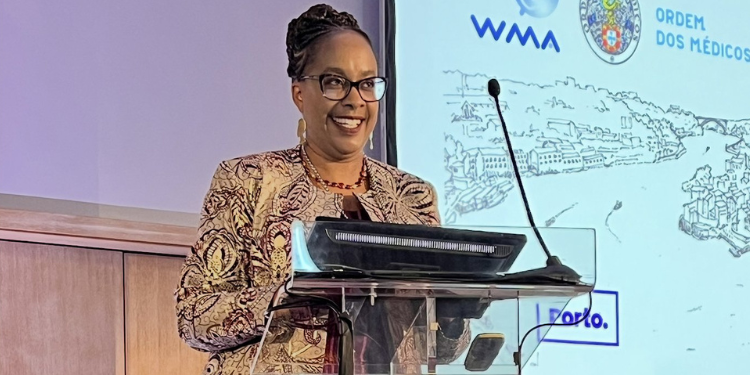
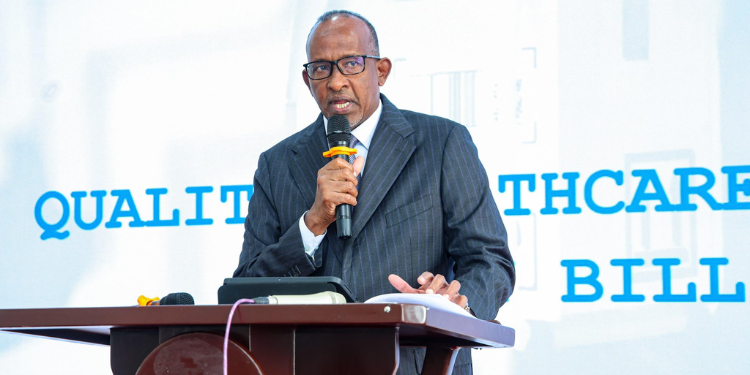

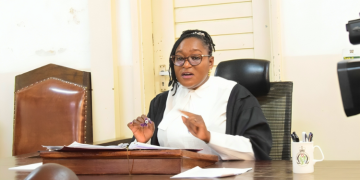

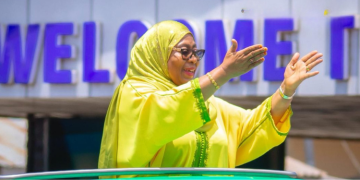
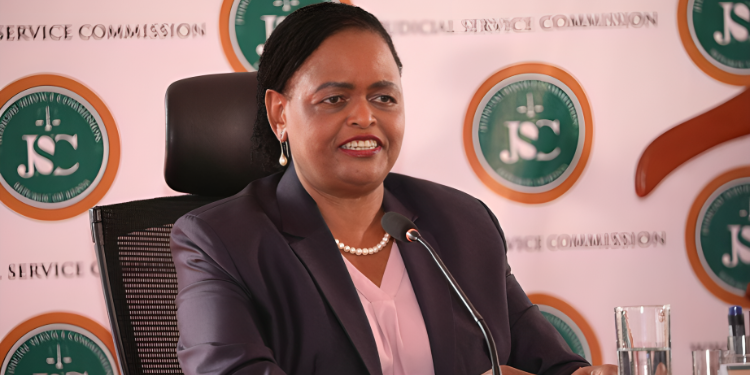

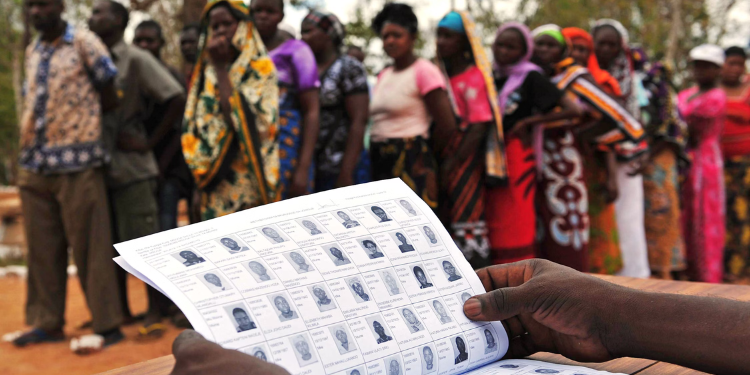


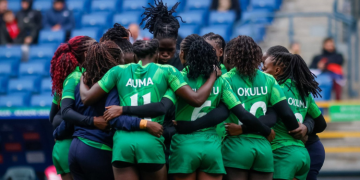
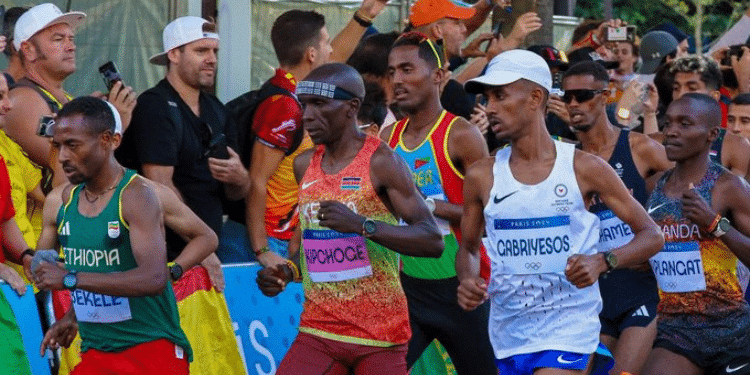

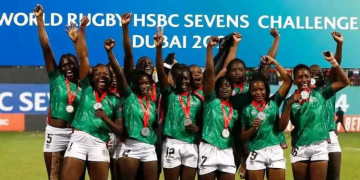
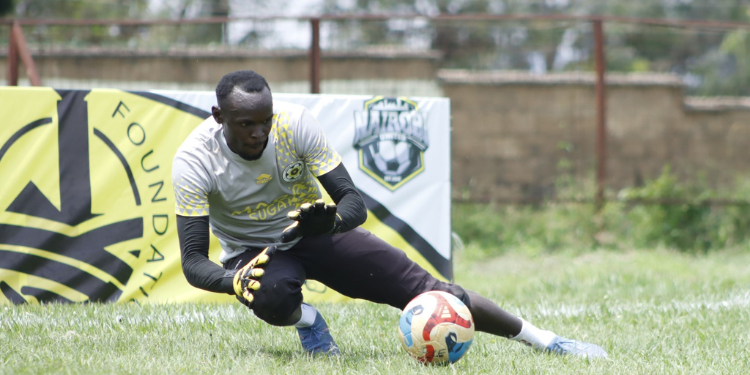

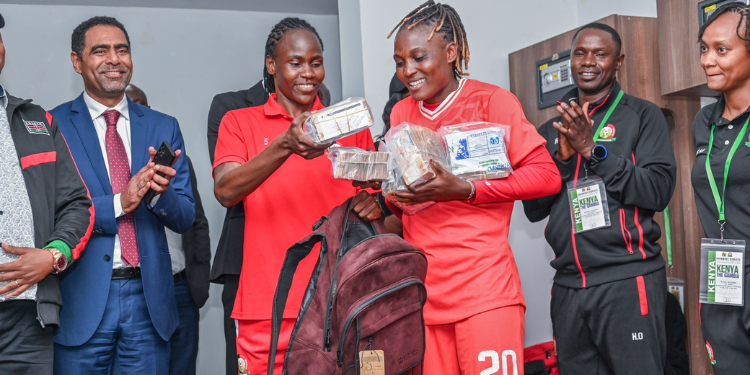



![Senator Allan Chesang And Chanelle Kittony Wed In A Colourful Ceremony [Photos] Trans Nzoia Senator Allan Chesang With Channelle Kittony/Oscar Sudi]( https://thekenyatimescdn-ese7d3e7ghdnbfa9.z01.azurefd.net/prodimages/uploads/2025/11/Trans-Nzoia-Senator-Allan-Chesang-with-Channelle-KittonyOscar-Sudi-360x180.png)




